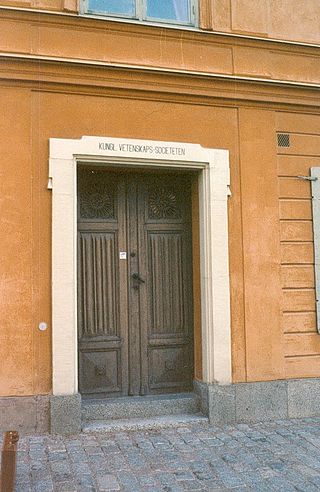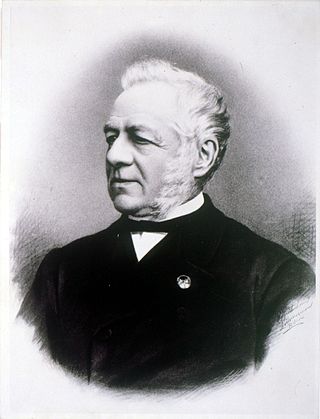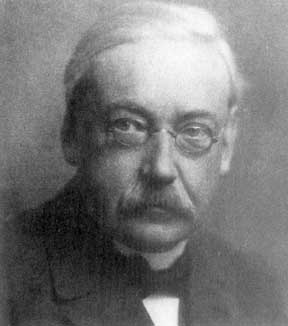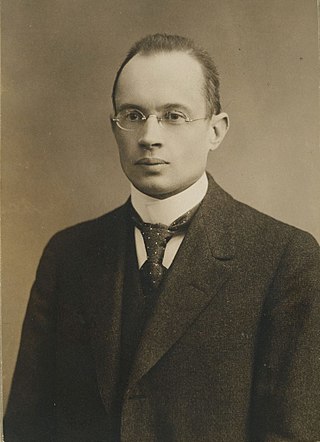Related Research Articles

The Royal Swedish Academy of Sciences is one of the royal academies of Sweden. Founded on 2 June 1739, it is an independent, non-governmental scientific organization that takes special responsibility for promoting natural sciences and mathematics and strengthening their influence in society, whilst endeavouring to promote the exchange of ideas between various disciplines.
The Royal Academies are independent organizations, founded on Royal command, that act to promote the arts, culture, and science in Sweden. The Swedish Academy and Academy of Sciences are also responsible for the selection of Nobel Prize laureates in Literature, Physics, Chemistry, and the Prize in Economic Sciences. Also included in the Royal Academies are scientific societies that were granted Royal Charters.

The Royal Society of Sciences in Uppsala, is the oldest of the royal academies in Sweden, having been founded in 1710. The society has, by royal decree of 1906, 50 Swedish fellows and 100 foreign.
A national academy is an organizational body, usually operating with state financial support and approval, that co-ordinates scholarly research activities and standards for academic disciplines, and serve as public policy advisors, research institutes, think tanks, and public administration consultants for governments or on issues of public importance, most frequently in the sciences but also in the humanities. Typically the country's learned societies in individual disciplines will liaise with or be coordinated by the national academy. National academies play an important organisational role in academic exchanges and collaborations between countries.

Christophorus Henricus Diedericus Buys Ballot was a Dutch chemist and meteorologist after whom Buys Ballot's law and the Buys Ballot table are named. He was first chairman of the International Meteorological Organization, the organization that would become the World Meteorological Organization.

Erik Ivar Fredholm was a Swedish mathematician whose work on integral equations and operator theory foreshadowed the theory of Hilbert spaces.

Gunnar Nordström was a Finnish theoretical physicist best remembered for his theory of gravitation, which was an early competitor of general relativity. Nordström is often designated by modern writers as The Einstein of Finland due to his novel work in similar fields with similar methods to Einstein.

The Finnish Academy of Science and Letters is a Finnish learned society. It was founded in 1908 and is thus the second oldest academy in Finland. The oldest is the Finnish Society of Sciences and Letters, which was founded in 1838.

The Finland men's national basketball team represents Finland in international basketball competition. The national team is governed by Basketball Finland.

Karl Frithiof Sundman was a Finnish mathematician who used analytic methods to prove the existence of a convergent infinite series solution to the three-body problem in two papers published in 1907 and 1909. His results gained fame when they were reproduced in Acta Mathematica in 1912. He also published a paper on regularization methods in mechanics in 1912.
The Research Council of Finland is a governmental funding body for scientific research in Finland. Until August 2023, its official English-language name was Academy of Finland. It is based in Helsinki. Yearly, the Academy administers over 260 million euros to Finnish research activities. Over 5000 researchers are working on projects supported by the academy. The Academy functions as a funding body only and is not a school. However, personnel funded by the Academy can use the title referring to it, e.g. professors will be called akatemiaprofessori. Academy Professor funding has a term of 5 years.
Bengt Johan Fredrik Nordén is a Swedish chemist.
The Onsager Medal (Onsagermedaljen) is a scholastic presentation awarded to researchers in one or more subject areas of chemistry, physics or mathematics. The medal is awarded in memory of Lars Onsager, who received Nobel Prize in Chemistry in 1968. The medal, designed by Harald Wårvik, commemorates the efforts of a single individual as chosen by the Onsager committee at the Norwegian University of Science and Technology (NTNU). The professorship awardee is expected to spend 3–6 months working at NTNU. The lectureship awardee will give a lecture at the university.
Thomas Lundqvist is a Swedish geologist. He is son of Gösta Lundqvist and brother of Jan Lundqvist, both of whom are geologists. Thomas Lundqvist worked at Geological Survey of Sweden from 1962 onwards and was professor at the University of Gothenburg from 1986 to 1989. In 1968 he obtained a Ph.D. degree in geology at Stockholm University with the thesis Precambrian Geology of the Los-Hamra Region, Central Sweden.
Hannu Häkkinen is a Finnish physicist and professor of computational nanoscience at the University of Jyväskylä.

Helena Aksela is a Finnish physicist and emeritus professor at the University of Oulu. She was the first woman to be appointed a professor of physics in Finland.
Kari Astala is a Finnish mathematician, specializing in analysis.

Päivi Törmä is a Finnish physics professor at Aalto University. She works in the fields of quantum many-body physics, superconductivity, and nanophotonics.
Eva Isaksson is a Finnish librarian and non-fiction writer, with interests in astronomy and feminism. She was employed at the Helsinki University Observatory from 1981 and became a tenured astronomy librarian in 1998. In 2010, she transferred with the merger of the physics and astronomy departments to the Kumpula Science Library, on the Kumpula Campus. Isaksson and has been involved with the Finnish LGBT and pacifist movements since the 1970s. She produced the Lesbian Information Secretariat Newsletter for the International Lesbian Information Service from 1981 to 1983 and in the 1990s, began to create on-line platforms for lesbians to network. Recognizing the potential of on-line communication she established training programs to teach women at the university how to use computer technology to network with each other and to further their research goals. She was recognized in 1999 with the Maikki Friberg Equality Prize, an award given by the University of Helsinki to recognize persons who have furthered gender equality.
References
- 1 2 "Council of Finnish Academies". academies.fi. Council of Finnish Academies. Retrieved 2020-02-11.
- ↑ "About Us". scientiarum.fi. Finnish Society of Sciences and Letters. Retrieved 2020-02-11.
- ↑ "Professor E. J. Nyström Prize 1962 – Finska Vetenskaps-Societeten". scientiarum.fi. Retrieved 2023-10-28.
- ↑ "Professor Theodor Homén Prize 1963 – Finska Vetenskaps-Societeten". scientiarum.fi. Retrieved 2023-10-28.
- ↑ "Grants and prizes – Finska Vetenskaps-Societeten". scientiarum.fi. Retrieved 2023-10-28.
- ↑ "State Councillor Lorenz Lindelöf Prize 2013 – Finska Vetenskaps-Societeten". scientiarum.fi. Retrieved 2023-10-28.